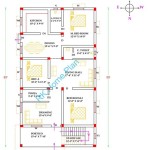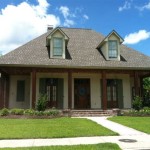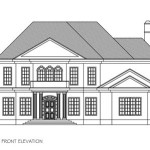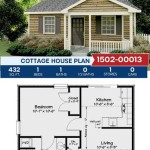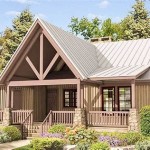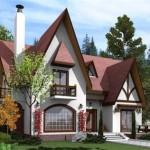Unveiling the Intricacies of Old English Manor House Floor Plans
Old English manor houses, nestled amidst rolling hills and lush greenery, were architectural marvels that showcased the grandeur and opulence of medieval society. Their meticulously crafted floor plans reflected the needs, customs, and social hierarchy of the time, creating a fascinating tapestry of interconnected spaces.
The Great Hall: The Heart of the Manor
At the heart of every Old English manor house lay the Great Hall, an awe-inspiring space that commanded attention. Soaring ceilings, adorned with intricate beams, reached towards the heavens, while massive fireplaces roared merrily, providing warmth and light. The Great Hall served as a multi-purpose room, hosting lavish feasts, political meetings, and even trials.
The Solar: A Private Retreat
Adjacent to the Great Hall, the Solar offered a sanctuary for the lord and lady of the manor. This private domain consisted of a series of intimate chambers, including a bedchamber, dressing room, and private chapel. The Solar was a place of respite, where the wealthy could retreat from the bustle of the manor and indulge in personal pursuits.
The Kitchen: A Realm of Culinary Delights
The kitchen, a hive of activity, was the culinary center of the manor. Massive hearths crackled with flames, casting a warm glow upon the bustling cooks and servants. Here, elaborate meals were prepared, ranging from sumptuous feasts to hearty peasant fare. The kitchen was a testament to the importance of food and hospitality in medieval society.
The Buttery and Pantry: Storing the Manor's Treasures
Adjacent to the kitchen were the Buttery and Pantry, essential rooms for storing the manor's provisions. The Buttery housed barrels of ale and wine, while the Pantry held a wealth of dried goods, spices, and delicacies. These rooms were carefully managed by the butler and pantryman, ensuring that the manor's inhabitants had access to fine nourishment.
The Chapel: A Place of Spiritual Reflection
For many manor lords, religion played a significant role in their lives. The Chapel, often located within or near the main house, provided a sacred space for worship and spiritual contemplation. Here, the lord and his family could attend Mass, pray, and seek guidance from the resident chaplain.
The Great Chamber: A Multi-Use Space
The Great Chamber was a versatile space that served multiple purposes. It could be used for additional sleeping quarters, as a dining room or entertainment area, and even as a storage space. This adaptable room allowed the manor house to accommodate a range of functions, from grand celebrations to practical necessities.
The Cellars: A Hidden Realm
Beneath the manor house, a labyrinth of cellars extended, providing valuable storage space for food, drink, and other supplies. These cool, damp rooms ensured that perishable goods remained fresh, while also serving as a secure repository for treasures and valuables.
Conclusion
Old English manor house floor plans were masterpieces of architectural design, reflecting the social and cultural values of medieval society. From the grand Great Hall to the intimate Solar, each space had a distinct purpose and contributed to the overall functionality and grandeur of these magnificent residences. As we delve into the intricate details of these ancient dwellings, we gain a deeper understanding of the people who inhabited them and the fascinating era that shaped their lives.

English Mansion House Plans From The 1800s Country Floor Plan

Image Result For Old English Manor Layout Country House Plans Mansion Floor Plan

English Mansion House Plans From The 1800s Manor Houses

Floor Plans English Manor Vanbrouck Associates Luxury Residential Design

Image Result For Old English Manor Layout Mansion Floor Plan Kensington House

Bi S Hatfield Manor House Plans Country Floor Plan

Eastbury Manor House Country Floor Plan Plans

Floor Plans English Manor Vanbrouck Associates Luxury Residential Design

English Mansion House Plans From The 1800s Mansions Homes How To Plan

Plate 3 Ground And First Floor Plans British History

